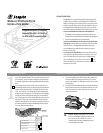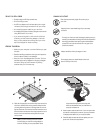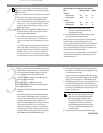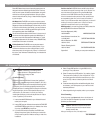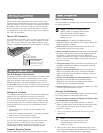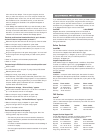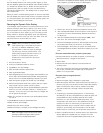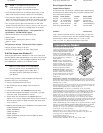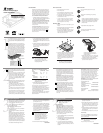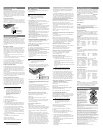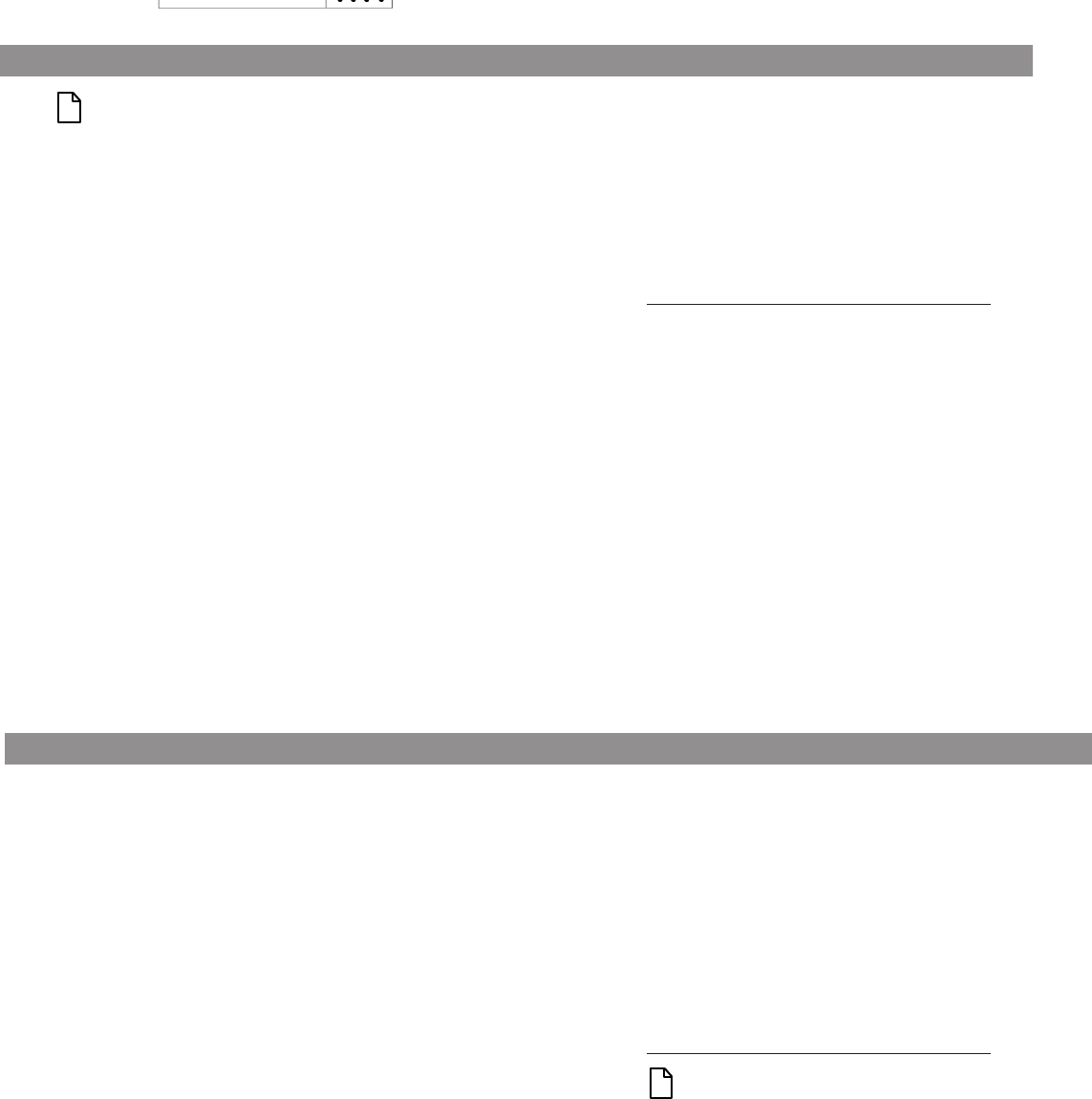
2
a
3
3A. I
NSTALLATION
U
SING
D
ISK
M
ANAGER
1 Boot your computer from a bootable DOS diskette (use MS
DOS Version 5.0 or later). Booting from a diskette ensures
that the Disk Manager installation does not conflict with
any terminate-and-stay-resident (TSR) programs.
2 Insert your DiscWizard diskette. The Disk Manager soft-
ware is stored on this diskette.
3 At the DOS prompt, type DM and press
ENTER
.
4 Follow the onscreen instructions until you see the
Select
an Installation Option
menu.
5 Select either
(E)asy Disk Installation
or
(A)dvanced Disk
Installation
.
Because DOS computers cannot access partitions larger
than 2.1 Gbytes, Disk Manager may have to divide your
hard drive into multiple partitions. If you select
(E)asy Disk
Installation,
Disk Manager creates one partition of 2.1
Gbytes and creates multiple partitions using the remainder
of your hard disc. However, if most of your files are
smaller than 50 Kbytes, you may want to create several
smaller partitions to make more efficient use of your hard
disc space.
To create smaller partitions, select
(A)dvanced
Disk Installation
from the Disk Manager main menu.
6 At this point, Disk Manager lists all the hard drives that it
can recognize. You should see your new Seagate drive and
your existing hard drive, if any.
If any hard drive is not recognized, exit Disk Manager and
turn off your computer. Check all cables, jumpers and BIOS
settings. Then start at step 1 to run Disk Manager again.
7 If Disk Manager recognizes all your drives, select the drive
you want to install and press
ENTER
. Disk Manager parti-
tions and formats the drive. If your new drive is the master
drive (Drive C), Disk Manager also configures the drive so
that you can boot from it.
Note. If your computer cannot accommodate
hard drives with capacities greater than 528
Mbytes, Disk Manager installs a
Dynamic
Drive Overlay
(DDO) on your hard disc. If this
driver has been installed, you should see a
blue Disk Manager banner each time you boot
your computer. See the Disk Manager online
manual for details.
8 Follow the instructions in the post-installation screens.
Y
OU
’
RE
DONE
!
BIOS Settings for the ST36450A and ST36451A
Drive Cylinders Heads Sectors
ST36450A
LBA addressing 833 240 63
CHS addressing 13,328 15 63
ST36451A
LBA addressing 833 240 63
CHS addressing 13,328 15 63
Note. This drive does not use the
write
precomp
or
landing zone
parameters. Set
these parameters to zero.
4 Save the settings and exit the System Setup program
(your computer will automatically reboot).
After you configure your computer, we recommend that you
use Disk Manager to partition and format your drive.
If your computer was built before mid-1994, you probably will
not be able to access the full capacity of your new drive un-
less you use Disk Manager.
For instructions, see Section 3A,
“Installation Using Disk Manager,” below.
If you do not want to use Disk Manager, you can use the stan-
dard DOS commands to partition and format your drive, as
described in Section 3B.
2. C
ONFIGURING
Y
OUR
C
OMPUTER
Before you format or partition your new drive, you must con-
figure your computer’s BIOS so that the computer can recog-
nize your new drive.
1 Turn your computer on. As your computer starts up, watch
the screen for a message describing how to run the sys-
tem setup program (sometimes called BIOS or CMOS
setup). This is usually done by pressing a special key, such
as
DELETE
,
ESC
, or
F
1
, during startup. See your computer
manual for details. Press the appropriate key to run the
system setup program.
2 Enable LBA mode if it is available. Many BIOS use the logi-
cal block addressing (LBA) mode to access drives with
capacities greater than 528 Mbytes.
3 If your BIOS provides automatic drive detection (an
“Auto” drive type), select this option. This allows your
computer to configure itself automatically for your new
drive.
If your BIOS does not provide automatic drive detection,
select “User-defined” drive settings. If your computer
supports LBA addressing, enter the LBA cylinder, head
and sector values for your drive from the table at the
top of the next column. If your computer does not sup-
port LBA addressing, enter the CHS values
from the table.



